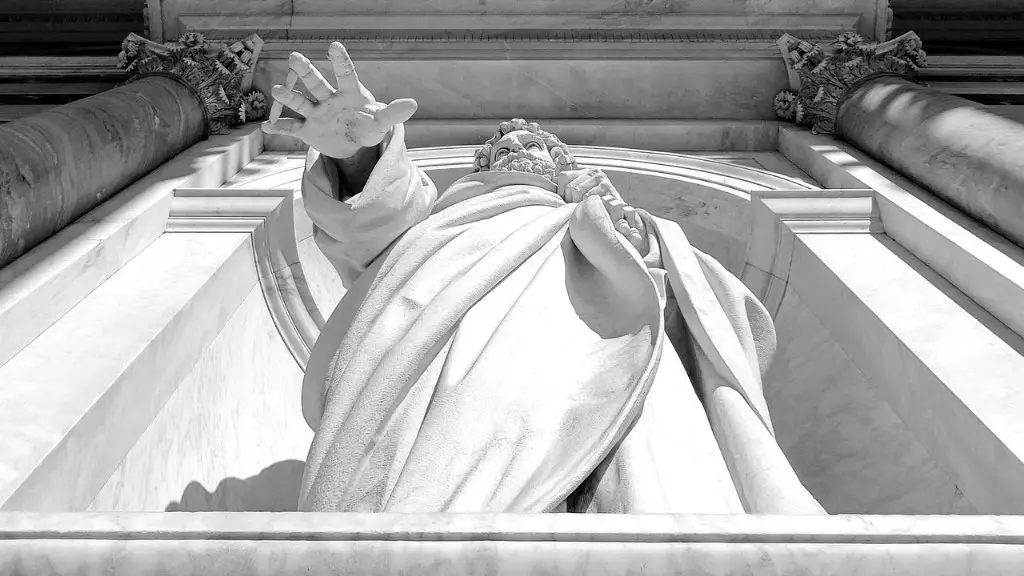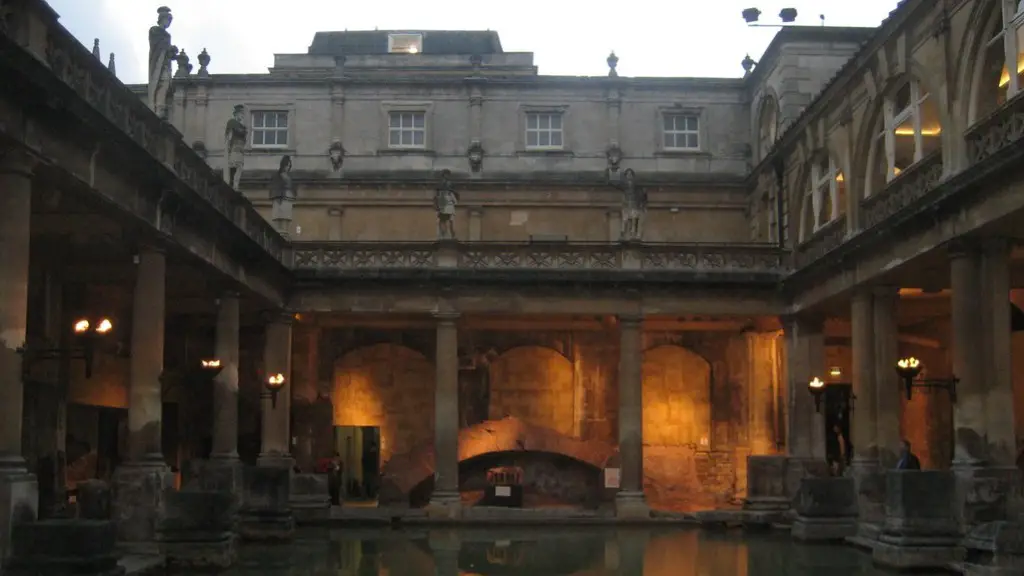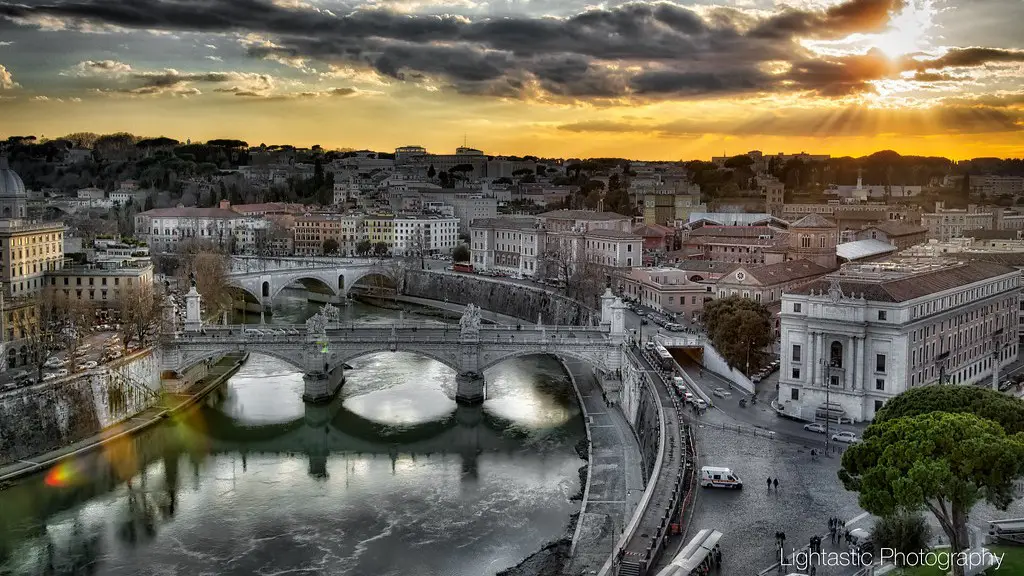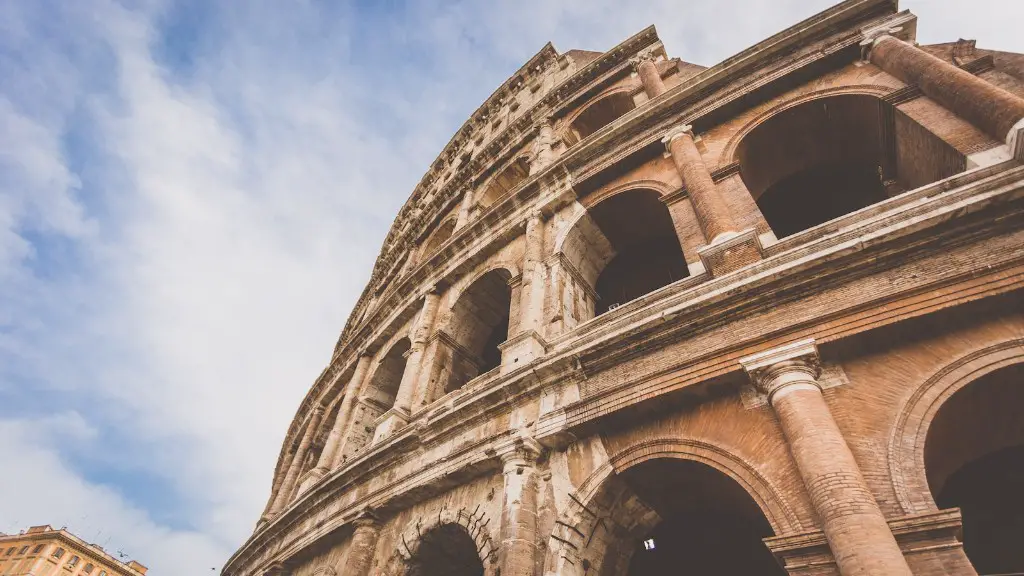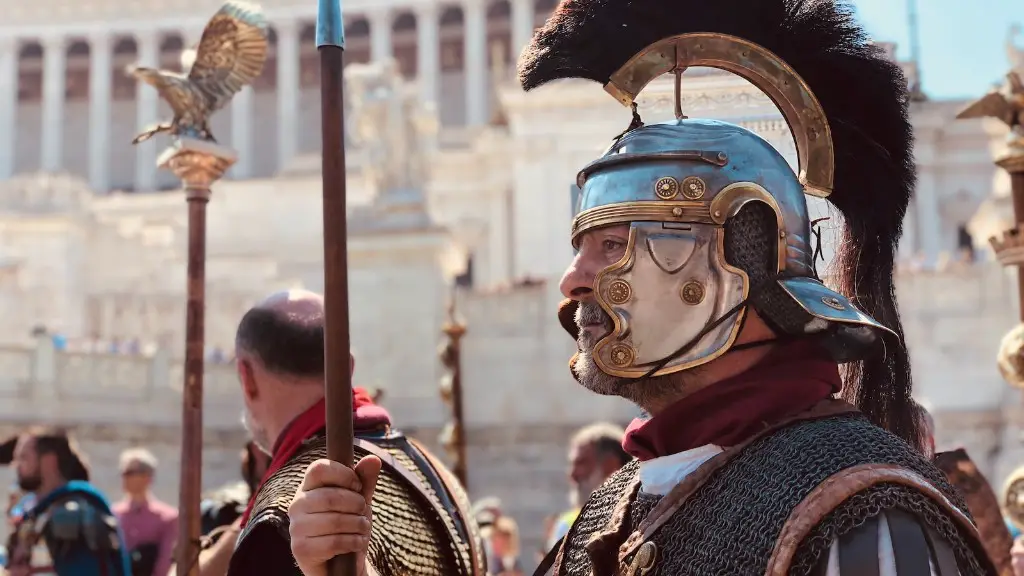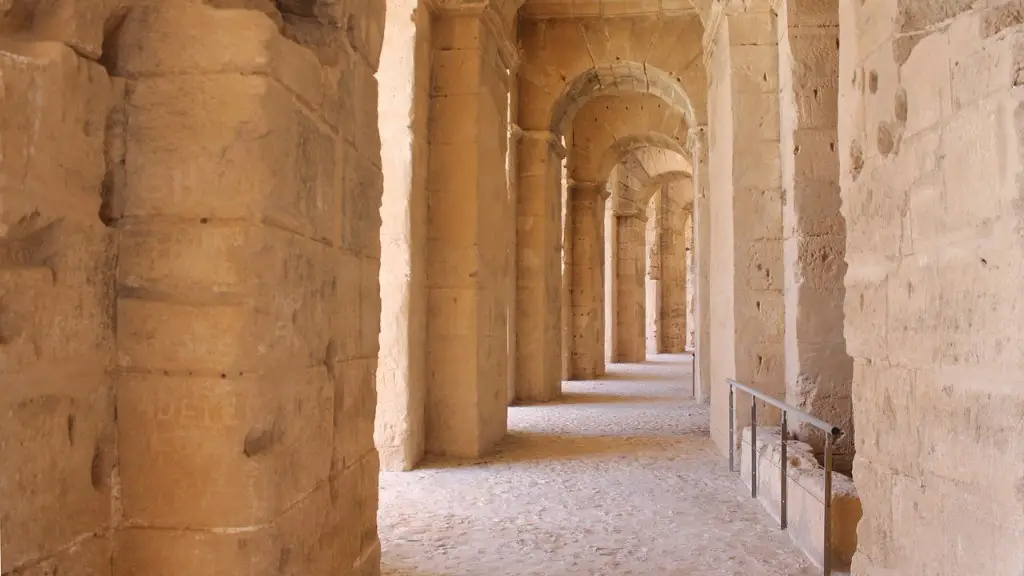In ancient Rome, roads were built in a number of ways. The most common method was to dig a trench, line it with stones, and then cover it with dirt. This made for a very durable road that could withstand a lot of wear and tear. Other methods included paving with stone or brick, or even using gravel. Whatever the method, ancient Roman roads were built to last.
The Roman roads were built for the purpose of moving troops and supplies efficiently throughout the empire. The roads were constructed with a raised center, called the via, flanked by drainage ditches. The surface of the road was then paved with gravel or stone.
How did the Romans build such straight roads?
The Roman road system was one of the most impressive engineering feats of the ancient world. The roads were built for the purpose of moving troops and supplies quickly and efficiently across the vast Roman empire. The roads were aligned as a series of straights with changes of direction taking place at high points. This allowed for a quick and easy way to travel from one point to another. The roads were also aligned along ridges and watersheds wherever possible. This was done in order to avoid having to cross rivers, which could be very difficult and time-consuming. When crossing rivers was necessary, the Romans would build fords, which were then mainly paved. This made it easier and quicker to cross the river without having to deal with the current. The Roman road system was an amazing feat of engineering that allowed the Roman empire to function smoothly and efficiently.
The roads built by the ancient Romans were some of the most durable and long-lasting of their time. This was thanks to their use of aggregates – a mix of different sized stones that compacted down to create a strong and stable surface. This allowed the roads to withstand the marching of hundreds of soldiers and the weight of carts laden with supplies.
What were ancient Roman roads like
The Roman roads were built for military purposes and were some of the most advanced roads of their time. They were straight, had solid foundations, and were cambered to facilitate drainage. They were also built with concrete, which was a new material at the time. The use of concrete made the roads more durable and resistant to weathering.
The Romans built straight roads in order to allow for fast travel. This was important as it allowed for quick movement of troops and supplies. Additionally, it made it more difficult for robbers and bandits to hide.
How long did Roman roads last?
In ancient times, roads were built by leveling the ground and reinforcing it with support walls or terracing. These roads were maintained for over 800 years.
Roman roads were very efficient for travel and transportation. The surface of the road was cambered so that rainwater would run off into the ditches. This made the roads quick and safe to travel, especially for the Roman soldiers. However, merchants also used them to transport goods all over the Roman Empire.
Do any Roman roads still exist?
Across Europe, many Roman roads are still visible. Some are now national highway systems, while others have kept their original cobbles. Many of the latter are considered by the Romans themselves to be the most important of their system.
Ancient Roman roads were built in three layers. The first of these was called the rudus, which consisted of a roadbed that was dug 30-60cm deep and was filled in part way with small stones and crushed brick for a solid foundation. The second layer, called the statumen, was a layer of large stones, usually up to a metre in size, that were placed on top of the rudus. The third and final layer was the pavimental, which was a layer of well-fitted, flat stones that gave the road a smooth surface.
Who taught the Romans to build roads
All the roads of the Roman Empire were built by the Roman military. There was nobody else who could do it. So the Roman military employed specialists within the Roman units to actually do the work.
Roman builders were known for their ingenuity in constructing durable and flat roads using whatever materials were available. Their roads were built in layers, with crews first digging shallow, three-foot trenches and erecting small retaining walls along either side of the proposed route. This design ensured durability and a level surface for travel.
What are the layers of a Roman road?
Roman roads were built to last. The layers of sand and gravel helped to support the road and make it sturdy. The top layer of flat stones helped to keep the road from getting too slippery.
The Roman roads were some of the best in the world at the time, but through advances in technology, we’ve been able to improve on their design and build stronger roads that can last for many years. Today’s roads can carry much more traffic than the Romans could have ever imagined, and with the help of interlayers, we can continue to improve the strength and durability of our roads.
What was wrong with Roman roads
Ruts and potholes are not only the bane of modern drivers. Discovered in 2015, the Roman road in Ipplepen, Britain, reveals that the Romans also had a problem with it. According to archaeologists, the ruts were caused by horse-drawn carts that often ran along this road.
Assuming that the average person can walk 3 miles per day, it would take them approximately 2 hours to clear 1 1/2 yards. Therefore, the expected rate of construction is 2 yards per man per day. However, in some cases, people are able to clear 2 yards in just 1 hour, so the actual rate of construction could be even higher.
Why was a Roman road curved?
Roman roads were built for many purposes, including military, trade, and transportation. The Roman roads were very well constructed and were able to stand the test of time. The camber, or raised, middle portion of the road, was built so that rain water would run off into the ditches. This helped to keep the roads in good condition and free of water damage. The Roman soldiers were not the only people to use the roads. Merchants and other civilians also used them to travel large distances quickly and safely.
The Roman aqueduct was a channel used to transport fresh water to highly populated areas. Aqueducts were amazing feats of engineering given the time period. The aqueducts not only served the people of Rome, but also supplied water to public baths and toilets. The Roman aqueducts were an essential part of Roman life.
Warp Up
The Romans built roads by first clearing the path of debris. They then leveled the ground and packed it tight. Large stones were used to create a firm foundation and smaller stones were placed on top. The Romans also created a drainage system to prevent the roads from flooding.
The Ancient Romans used a variety of techniques to build roads. The most common method was to place large stones in the path of the road and then cover them with smaller stones. This created a sturdy surface that could be used by horse-drawn carts and wagons. The Romans also built bridges and tunnels to allow roads to cross rivers and travel through mountains.
